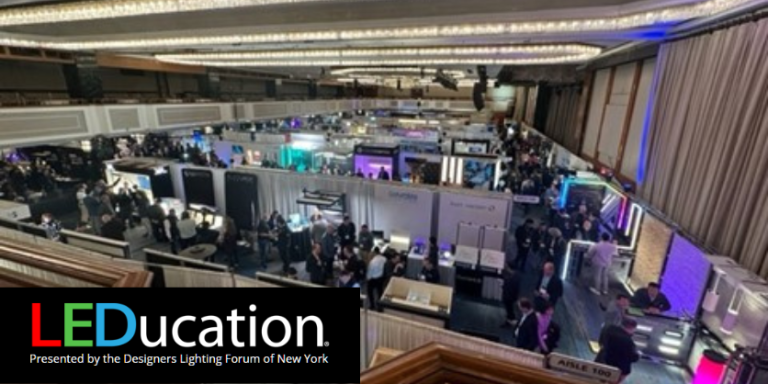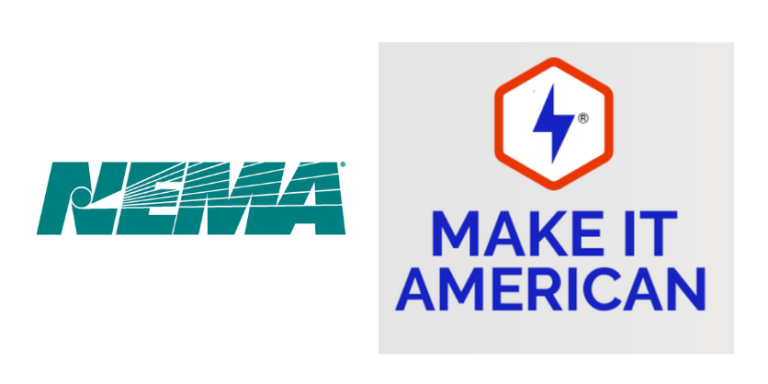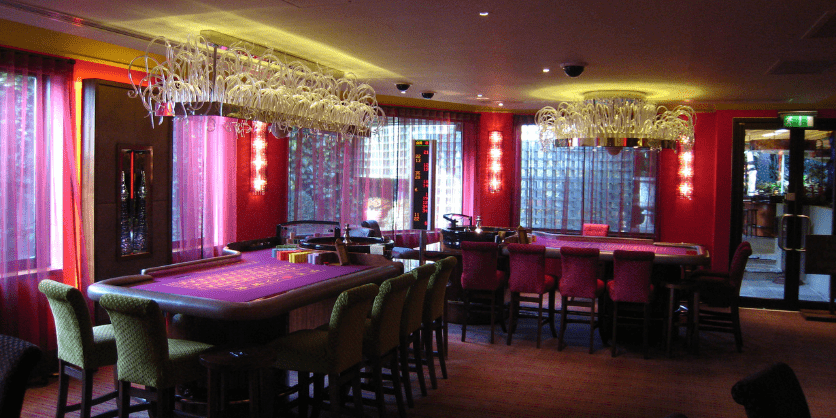How Much Will Tariffs Disrupt Distributors’ Buying Cycle?

[Note: Interviews were conducted prior to the most recent announcement by the Trump administration that raised the tariff from goods made in China to 125%]
Every lighting distributor in the U.S. carries products made in China, and many carry at least one product line from Canada.
Max Cohen of 2nd Avenue and Meyda Lighting – which manufactures 70% of its products in Upstate New York and imports 30% from China – stated on social media this week, “The cost to build light fixtures in China has surpassed the cost to build them in Utica, NY.”
With the price difference narrowing between goods made domestically versus China, I wanted to know whether this would cause a change in buying behavior for the upcoming residential home furnishings and lighting shows High Point Market in April and June Lightovation, respectively.
Will lighting distributors reduce their spending with manufacturers whose product lines face the stiffest price increases and, instead, allocate more dollars to domestic sources? Or does the price increase only marginally impact their decision to purchase from a particular company — for example, buying a line for reasons other than cost.
One complication that came up during my interviews was a showroom’s unpleasant surprise to learn that a recently placed order from a Canadian company did not have enough SKUs to fulfill the order from the U.S. warehouse. Instead, nearly half of the SKUs would be coming from the Canadian warehouse — which means that portion of the order would trigger the 25% tariff. Since this was not a cost the distributor planned for when placing the order, they are now performing a cost-comparison on similarly styled items from different manufacturers. In addition, sales reps have told me that some customers’ January Lightovation orders haven’t arrived yet, which means those prices could spike whenever the goods reach U.S. shores.
On the whole, I found that retailers – at this time – are remaining loyal to those companies they already do business with, even with the stiff tariffs in place.
A Texas showroom manager told me, “Right now everything will remain the same [with purchasing decisions]. The good/bad news is everyone is going to get the same increase and will pass it on.” He added, “It’s going to be more important to be the best at customer service. The companies who really, really give customers the best experience and service will win the day and survive this climate.”
A Georgia showroom owner said that her purchasing decisions “won’t change much” from what they were in the past, “but I expect business to drop off a cliff while consumers wait and see what is going to happen.”
In a handful of other states, I was told that consumers are well-aware of upcoming price increases caused by the tariffs and are committed to following through on their lighting purchases — however, their choices in fixtures may change to better align with their budget.
Lighting designer and industry pundit Jeffrey Dross of Lighting by Jeffrey recently opined in his most recent blog post, “For the cost-conscious tract-builder, the elimination of decorative lighting seems almost certain.” Noting the pared down silhouettes that have become popular over the past decade as a way to trim cost, he added, “There is virtually nothing left to remove from a chandelier, and now it will be 20% more expensive. That will likely mean more surface-mounted [disk] faux-recessed lighting. In smaller homes, the dining room is probably on the block as well, so even an ‘inexpensive’ chandelier will not be an issue. Spec and custom homes are likely to continue to use decorative pieces. I just wonder how many and at what price point.”
From his observations in the company’s Dallas showroom, which is open daily, Tim Stumm, creative director at Canadian lighting manufacturer Z-Lite, has noticed more people coming in who are attracted by fixtures with a higher-end look at a more modest price tag. His conversations with designers and reps confirm that even affluent consumers are scaling back. They are spending more when it comes to fixtures in areas most visible to guests, but are selecting more affordable options for rooms that aren’t as prominent with the intention of upgrading at a later date. “I don’t think anyone has cancelled their plans to do a renovation or an update to their home. They are just being more prudent about how much they are spending,” he said, predicting clients will begin asking their designers to find less-expensive alternatives to the luxury brands as the economy weakens.
A showroom owner in California stated, “We always push American-made products; however, I think customers will still buy imported products. They will likely choose the value-priced lines over the expensive imported Chinese lines.”
I have heard varied reports regarding how manufacturers are handling the price increases caused by the tariffs. Some companies have sent letters to customers announcing “tariff-free inventory” until stock runs out; others are splitting or absorbing some of the cost of the tariffs with their customers; and there are some that are already applying the tariff rate to products currently warehoused in the U.S. in effort to offset impending costs.
As the tariff situation appears to be fluid, there will most likely be changes in buying behavior among consumers and retailers as the year progresses and inventory levels dip. Stay tuned for updates.
Related articles
Steel & Aluminum Tariffs Could Throw a Wrench in Lighting Showrooms’ Growth









